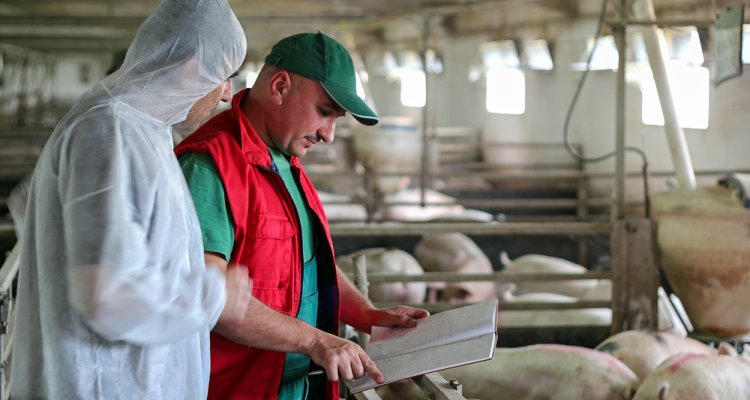
Showcase
How to measure resilience in animals?
The conditions in animal housing show fluctuations due to, for example, the change in the seasons or due to the emergence of (new) diseases. Farm animals need to be resilient; they must be capable of dealing with these fluctuations and remain healthy and productive under different conditions. But how to measure and characterise animals for resilience?
Fluctuations in production
Wageningen University & Research, Animal Breeding & Genomics investigates if we can use fluctuations in day-to-day production as a measure of the resilience of an animal.
Example: heat stress
For example, a non-resilient animal will experience a high level of heat stress and therefore produce less than normal. A resilient animal will be less affected by heat stress and will remain productive at a normal level. Non-resilient animals will show fluctuations in their production, but resilient animals will not (or will show less fluctuation). Preliminary results in dairy cows confirm this: non-resilient cows showed more fluctuation in daily milk production compared to resilient cows.
Collection of day-to-day production data can be used to identify resilient animals that remain healthy and productive despite changes in their environment.